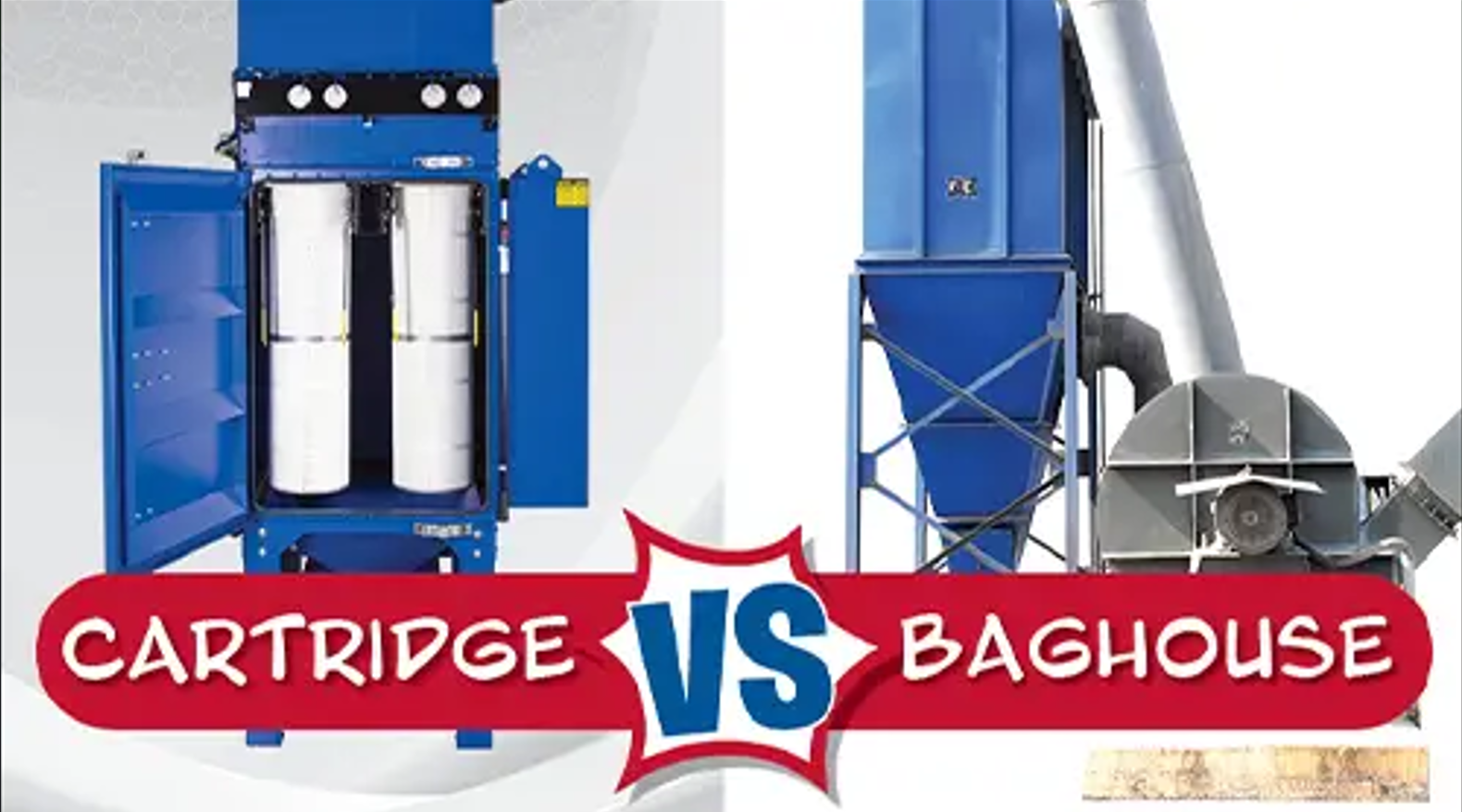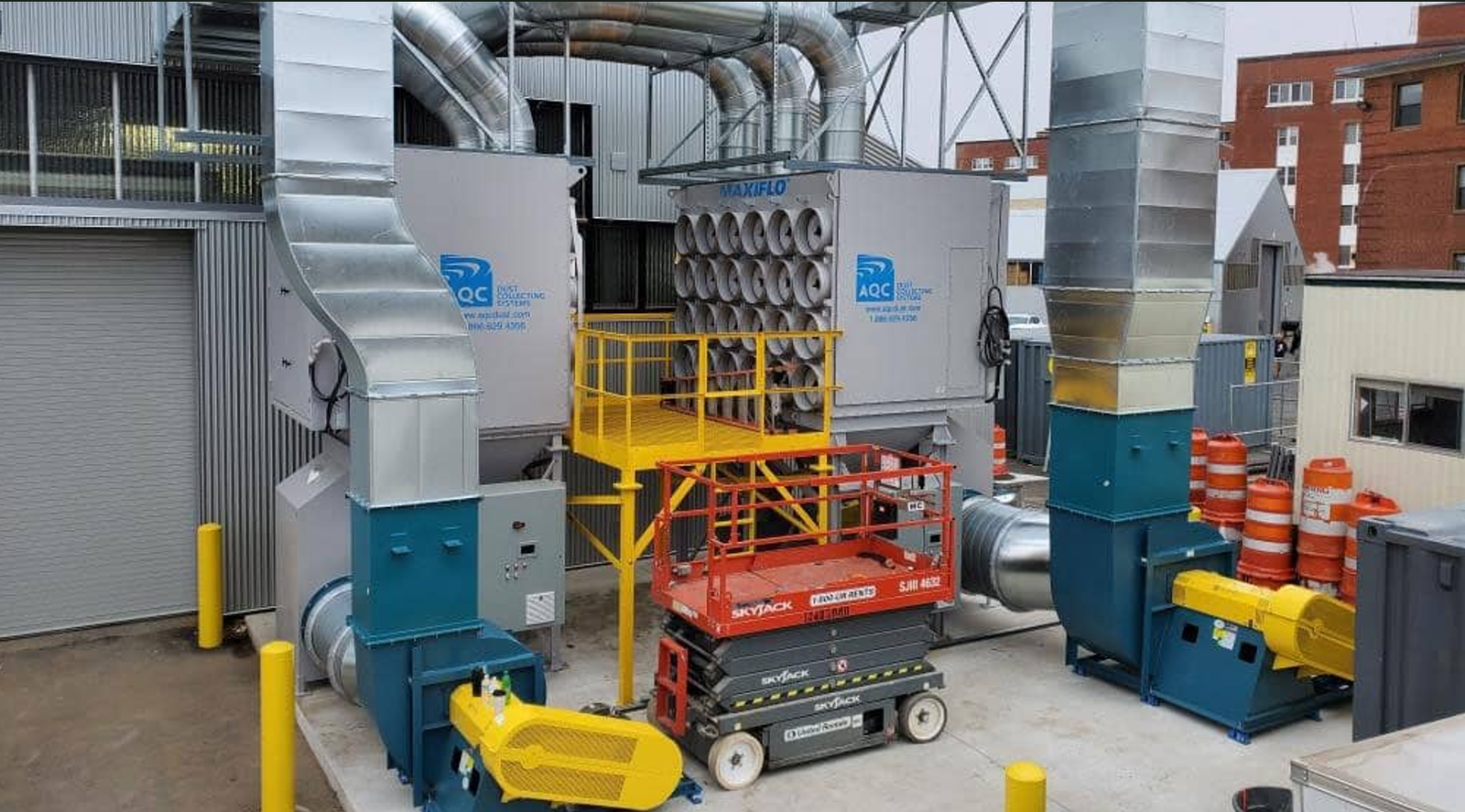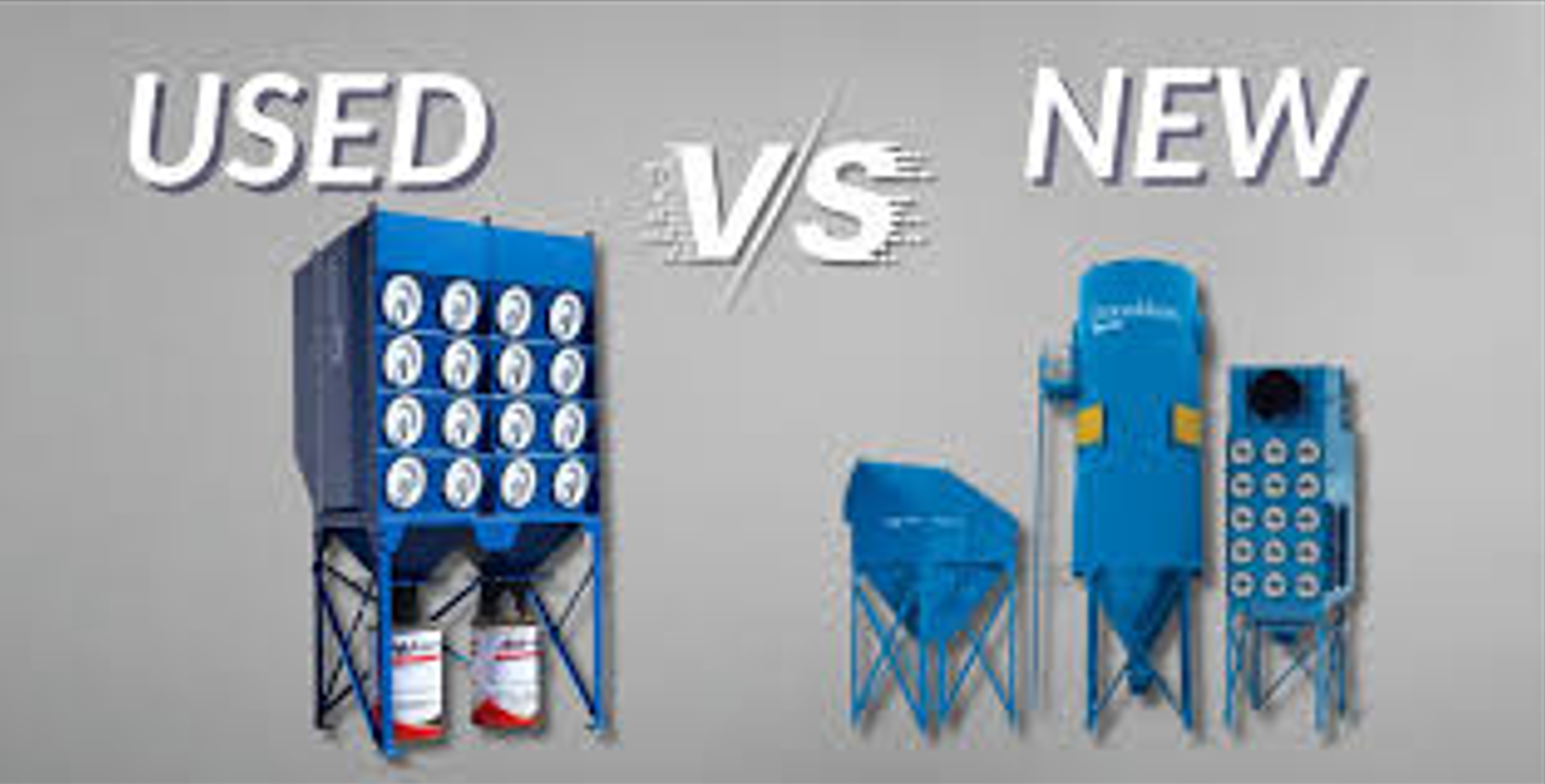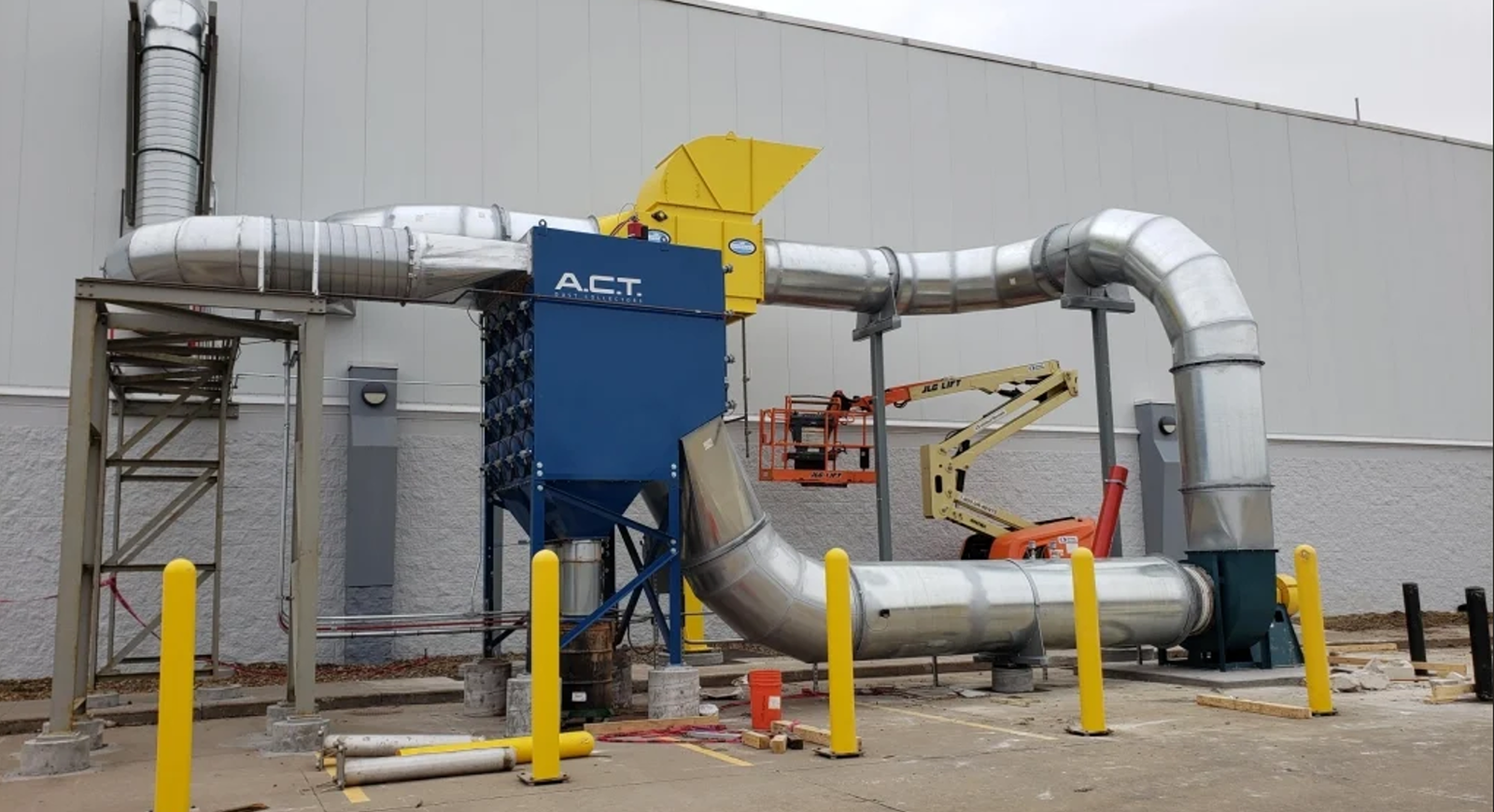When it comes to industrial dust collection, choosing the right system is critical for maintaining air quality, ensuring compliance with safety regulations, and protecting equipment. Two of the most widely used technologies are Baghouse Dust Collectors and Cartridge Filter Dust Collectors.
While both are designed to capture airborne dust particles, they operate differently, offer unique advantages, and are best suited for different applications. This detailed comparison will help you understand their differences so you can make an informed decision for your facility.
1. Understanding the Basics
What is a Baghouse Dust Collector?
A Baghouse dust collector uses fabric filter bags to trap dust particles. Dust-laden air enters the system, passes through the fabric, and clean air is released. The bags are periodically cleaned by shaking, reverse air, or pulse-jet cleaning methods.
What is a Cartridge Filter Dust Collector?
A cartridge dust collector uses pleated filter cartridges instead of bags. These cartridges provide more filter media in a compact space, which makes the system smaller and often more efficient for fine dust particles.
2. Key Differences Between Baghouse and Cartridge Filters
FeatureBaghouse Dust CollectorCartridge Dust Collector
Filter Media: Woven or felted fabric bags, Pleated filter cartridges
Size of Unit: Larger footprint, Compact design
Best for High-volume, heavy dust load, Fine dust and light to medium loads
Maintenance Bags are replaced less often, whereas Cartridges are replaced more often.
Dust Types: Coarse, fibrous, abrasive dust; Fine, dry dust (powder coating, welding fumes)
3. Advantages of a Baghouse Dust Collector
- Handles High Dust Loads – Ideal for large-scale manufacturing and heavy-duty processes.
- Durable – Can withstand abrasive and high-temperature dust.
- Long Filter Life – Bags often last several years with proper maintenance.
- Proven Technology – Widely used across industries such as cement, steel, and woodworking.
4. Advantages of a Cartridge Filter Dust Collector
- Compact Size – Saves floor space and can be installed in smaller facilities.
- High Efficiency – Pleated filters provide more surface area for capturing fine particles.
- Lower Energy Consumption – Requires less air volume compared to baghouses.
- Easy Filter Changes – Cartridges can be replaced quickly with minimal downtime.
5. Which One Should You Choose?
Choosing between a Baghouse and a Cartridge Dust Collector depends on:
- Type of Dust – Coarse and heavy dust suits baghouses, while fine dust suits cartridge systems.
- Space Availability – Cartridge collectors are more compact.
- Budget – Cartridge units can have lower upfront costs, but baghouses often last longer.
- Maintenance Capability – Baghouses require less frequent filter changes.
For large industrial applications, a centralised dust collector may also be considered to manage multiple collection points.
6. Other Types of Dust Collectors You Might Consider
- Cyclone Dust Collector – Ideal for removing large particles before they reach the central filter system.
- Manual Dust Collector – A budget-friendly solution for smaller workshops with light dust loads.
Both Baghouse and Cartridge Filter Dust Collectors are excellent dust management solutions. However, the best choice depends on your specific dust type, facility layout, and operational needs.
If your operation generates heavy, coarse dust and requires long-term durability, go with a Baghouse. If you deal primarily with fine dust in a limited space, a Cartridge Filter Dust Collector could be the better fit.
Regardless of your choice, investing in the right dust collector ensures cleaner air, healthier working conditions, and compliance with environmental standards.



